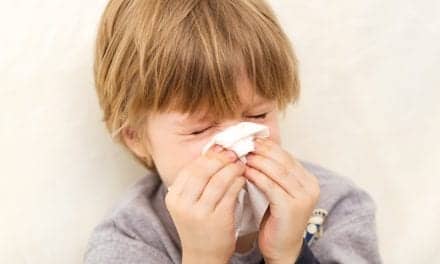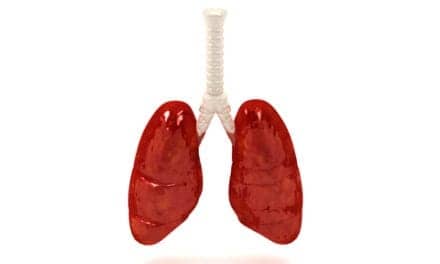Researchers have identified a critical part of the process by which the childhood infection respiratory syncytial virus (RSV) causes disease. The discovery could lead to new therapies for RSV, which in 2005 was estimated to have caused at least 3.4 million hospitalizations and 199,000 deaths among children under 5 worldwide.
Analyzing samples taken from infected infants and data from laboratory-mouse experiments, researchers determined that RSV interferes with the ability of airway cells to produce enzymes that keep highly damaging molecules known as reactive oxygen species under control. The virus does this by preventing the activation of a single protein needed for the expression of a variety of detoxifying enzymes. Reactive oxygen species then accumulate, causing cell-killing oxidative stress and inflammation in both infected and uninfected airways cells—a major factor in the damage done by RSV infection.
“The role of oxidative stress has been studied in everything from aging to asthma, but this is really the first study to implicate it in lung inflammation associated with viral infections,” said Antonella Casola, MD, associate professor at the University of Texas Medical Branch (UTMB) at Galveston and lead author of the study published in the American Journal of Respiratory and Critical Care Medicine.
The researchers followed up earlier studies in human cell cultures with experiments that showed a substantial reduction in the expression and activation of antioxidant enzymes in the lungs of RSV-infected mice. Further investigations revealed that mice infected by RSV had much lower levels of a protein called Nrf2—a “transcription factor” needed to prompt the production of enzymes that clean up reactive oxygen species.
“What was really striking is that Nrf2 is a kind of master switch controlling the machinery of these antioxidant enzymes, and it appears the virus blocks its activity,” said Roberto Garofalo, MD, a professor at UTMB Health and co-author of the study. “This is interesting because genetic factors have been shown to be associated with other airways diseases, and the obvious question now is do the children who develop the most severe disease in response to RSV also have an Nrf2 gene that favors a low level of expression of these antioxidant enzymes? Are we seeing a combination of two hits, one from the virus and one from genetics?”
According to the researchers, the apparent involvement of Nrf2 also creates a possible therapeutic option since compounds that induce cells to make more of the transcription factor are already in clinical trials as potential cancer therapies. Another possibility is the delivery of short-term genetic therapy via a genetically engineered virus licensed by the National Heart, Lung and Blood Institute.
Source: UTMB Health









